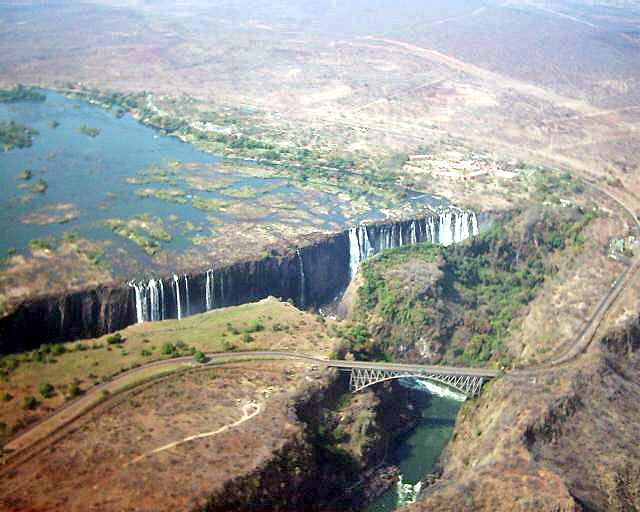Tourism sector is on cloud nine after decades of slowed down performance dating back to year 2000. Tourist arrivals in Zimbabwe increased to 2 422 930 in 2017 from 2 167 686 in 2016. Tourist arrivals in Zimbabwe averaged 1 684 950,87 from 1980 until 2017, reaching an all-time high of 2 508 255 in 2007 and a record low of 237 668 in 1980. Tourism has been identified as a key economic pillar in the current Transitional Stabilisation Programme (TSP) reaching five million tourists and contributing 15% to the gross domestic product (GDP) from the current 8%, receiving five billion in receipts and employing 300 000 directly and indirectly.
The unprecedented growth on the backdrop is riding on a number of factors that include many years of marketing efforts, political transition ushering in a new political dispensation, harmonised election, traffic boom, increased air seat capacity and government’s new marketing mantra “Zimbabwe is open for business”.
Other positive developments that underpinned the growth trajectory include the extension of Victoria Falls Airport. The upgrade of Robert Gabriel Mugabe International Airport at a cost of $150 million increasing holding capacity from two million to six million annually will also stimulate tourism growth.
The beckoning question is: What lies ahead for the tourism industry? What are some of the key steps and strategies that must be adopted in order to maintain and grow the sector cake? Tourism is a high maintenance industry that can collapse overnight in the absence of proactive marketing and damage control strategies. A good case in point is the effects of the just-ended stayaway and riotous behaviour in the country.
The effects of such an event are going to be felt in coming years. Thus, it is important that we are not deceived by the clam now prevailing in the country. History has it that such events attract travel warnings/advisory that can be devastating to the industry performance. A public relations campaign with local diplomatic missions must be at the centre of our strategy.
We must reach out to our stakeholders reassuring them of a safe and secure destination. We can learn from countries such as Egypt, Thailand, Philippines and Kenya that have perfected a come back strategy. Egypt and Thailand, prone to terrorist attacks, have in place disaster management funds in place to run comeback campaigns without delay. Zimbabwe can take a leaf from such countries.
The last two decades of slow growth characterized by travel warnings, unstable political environment, health pandemic, hyperinflation, post-election violence and events such as the recent national shutdown must be fertile grounds to have a plan in place without delay. Whilst we are still counting our losses, the outside world does not care and is moving on with their plans.
It is interesting to note that the European Union has not issued travel warnings to Kenya but commended Nairobi’s response to quell last week’s DUsit Hotel bombing that killed 21 people. The European Union is encouraging their citizens to continue with their travel plans because Kenya remains a safe destination. Kenya has a very clear disaster management strategy that reaches out to the stakeholders without delay.






